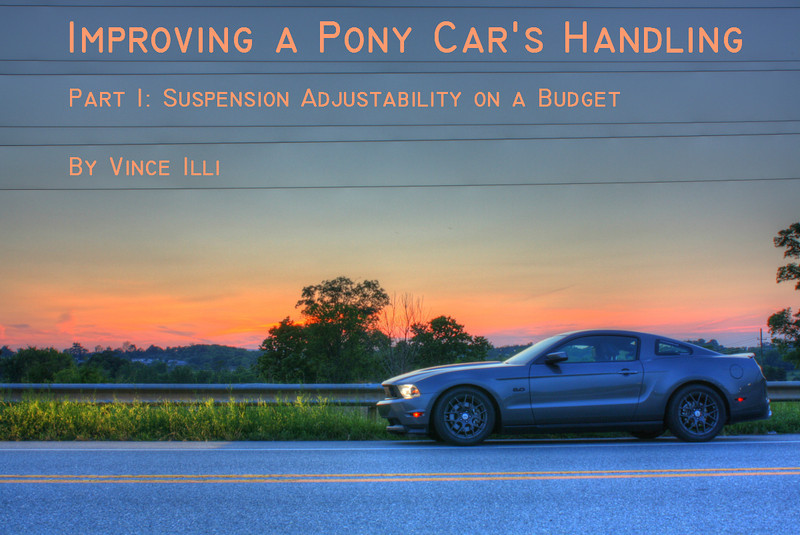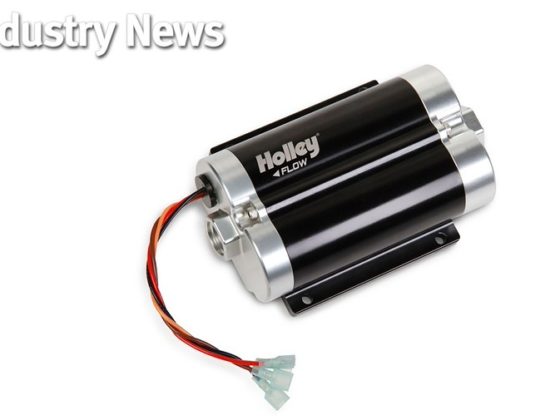,
 |
| Since Project Mustang 5.0 is driven in the Northeast, it's important to apply anti-seize to all threads. We applied it to every nut and bolt we touched. |
Once the bushings were installed on the new bar, the only thing left to do was to install the bar on the car. We set the bar to the softest setting. Since this chassis has a tendency to understeer, I didn't want too much front bar to begin with. After installing the bar and connecting the end links, we torqued everything down.
 |
| I set the front bar to full soft, which is still stiffer than the stock bar. |

 |
| There's a lot of stuff crammed up under the front end, so it's very difficult to get pictures of the bar installed. |
After taking a break for some greasy breakfast food (we started this project at 6:00 in the morning because we're HARD CORE into suspension modifications), it was time to move onto the rear bar.
Whiteline's rear sway bar is significantly different than the OEM bar. The OEM bar attaches directly to the axle behind each wheel and rotates about bushings mounted in “drop links” suspended from the chassis.
 |
| This picture shows a 100% stock rear suspension. The sway bar attaches directly to the rear axle behind the wheels. The bushings on which it rotates are suspended from the chassis via those blue “drop links.” |
 |
| A close-up of the OEM sway bar mount and bushing. |



